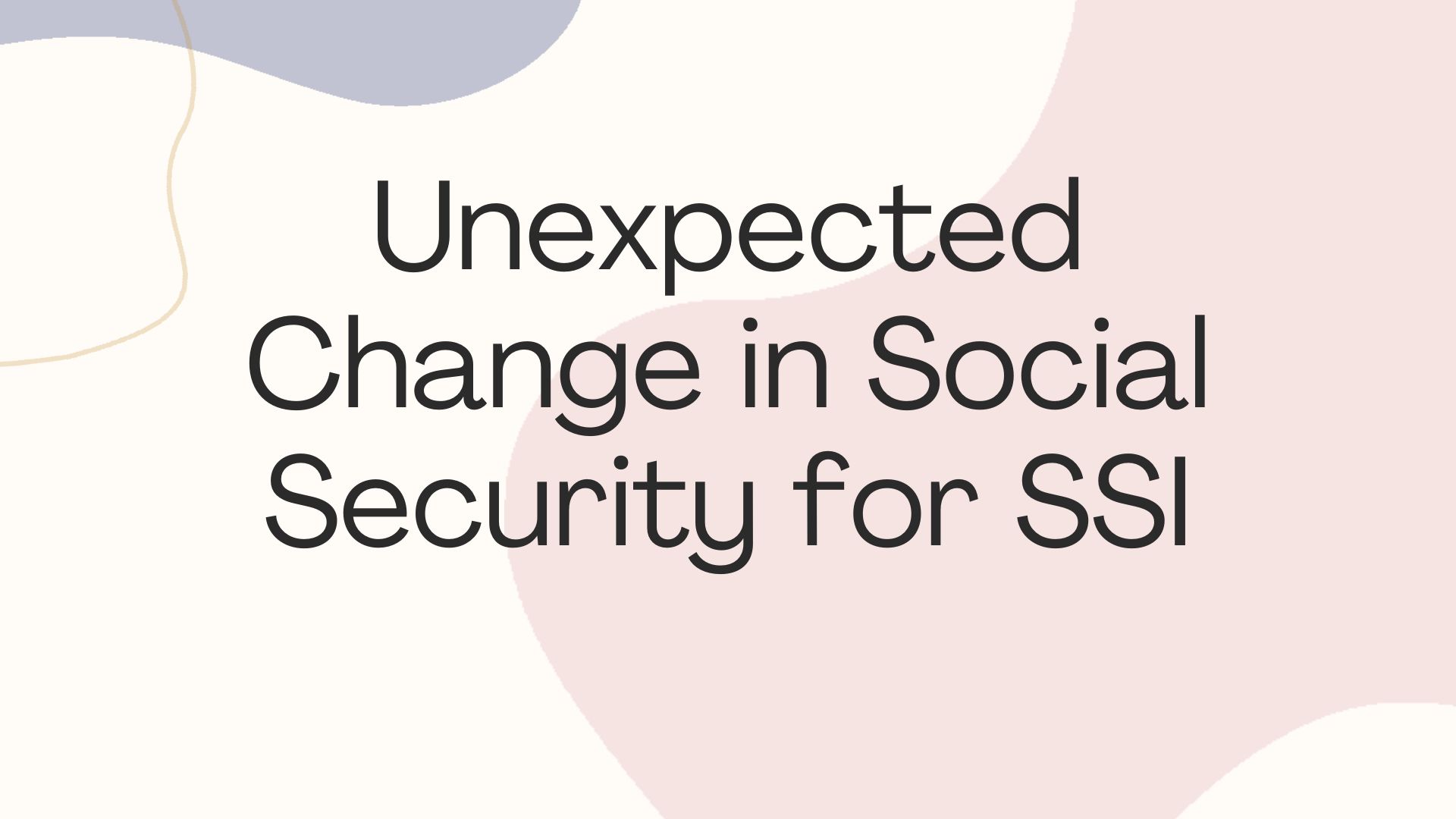If you qualify for the Supplemental Security Income program, you should know the usual payment schedule, as the SSI payment dates will alter slightly at the end of the year. This year’s Social Security payment schedule shows that individuals who qualify for this financial program will still receive four monthly payments. Every month, the Social Security Administration distributes SSI benefits on the first of the month unless the payment dates fall on a weekend or holiday. When the first of the month falls on a Saturday, Sunday, or federal holiday, the SSA reschedules the payment for the previous working day.

New Social Security SSI payment dates were announced for September:
Because September 1st is a Sunday, SSI recipients will not receive their regular benefits this month, as they received their checks on Friday, August 30th. According to this schedule rule, specific SSI payment dates will vary during the year’s final four months. Please find all confirmed SSI payment dates below so that you can mark them on your calendars and plan your financial budget accordingly.
- August (September): Friday, August 30.
- October: Tuesday, first of the month
- November: Friday, first of the month.
- Friday, November 29th (December).
- December (January 2025): Tuesday, December 31.
If your SSI payment does not arrive as expected, you should wait at least three mailing days before contacting SSA customer care. Aside from customer service, go to My Social Security Account to learn more about monthly benefits and their worth, download statements, and request more information.
SSI payment: Beneficiaries receive between $698 and $1,415 monthly compensation
The Supplemental Security Income program is intended to provide around 5 million at-risk Americans with enough financial resources to cover their living expenditures and, in some cases, combat poverty. The SSI program is only accessible to low-income seniors over 65, disabled people, and children in specific financial situations who fulfill the Social Security Administration’s income and resource eligibility requirements.
On average, these claimants may get $698 monthly in Social Security benefits, though the amount received may vary based on the kind of claim filed.
Singles who filed as singles may earn up to $943 monthly, while couples might collect up to $1,415. Aside from these categories is the essential person (EP) category, which provides an additional $472 per month to beneficiaries who meet specified criteria. To be classified as critical persons, recipients must meet the Social Security Administration’s EP requirements. Because of the high denial rates, you should consult a financial advisor or Social Security professional before submitting paperwork.
Social Security recently announced additional measures to simplify the SSI payout application
- Beginning in December, the Social Security Administration will provide an online, streamlined application process for Supplemental Security Income (SSI) applicants, a significant step forward in a multi-year effort to make the process more accessible for people with disabilities and older adults with limited income and resources. The first phase, iClaim Enhancement, aims to produce a completely online, user-friendly iClaim application that includes pre-populated responses when possible, user-tested questions written in clear English, smooth step-by-step transitions, and more.
- The online application aims to shorten the time required for both the application process and the first processing of the claim judgment. According to Martin O’Malley, Commissioner of Social Security, applying for SSI is simplified following a year of consultations with applicants, activists, and the workforce. This is a critical first step toward a more straightforward system. The claim expansion is primarily aimed at first-time applicants aged 18 to 65 who have never married and are applying for Social Security and SSI simultaneously, with a second phase planned to encompass all applicants by late 2025.